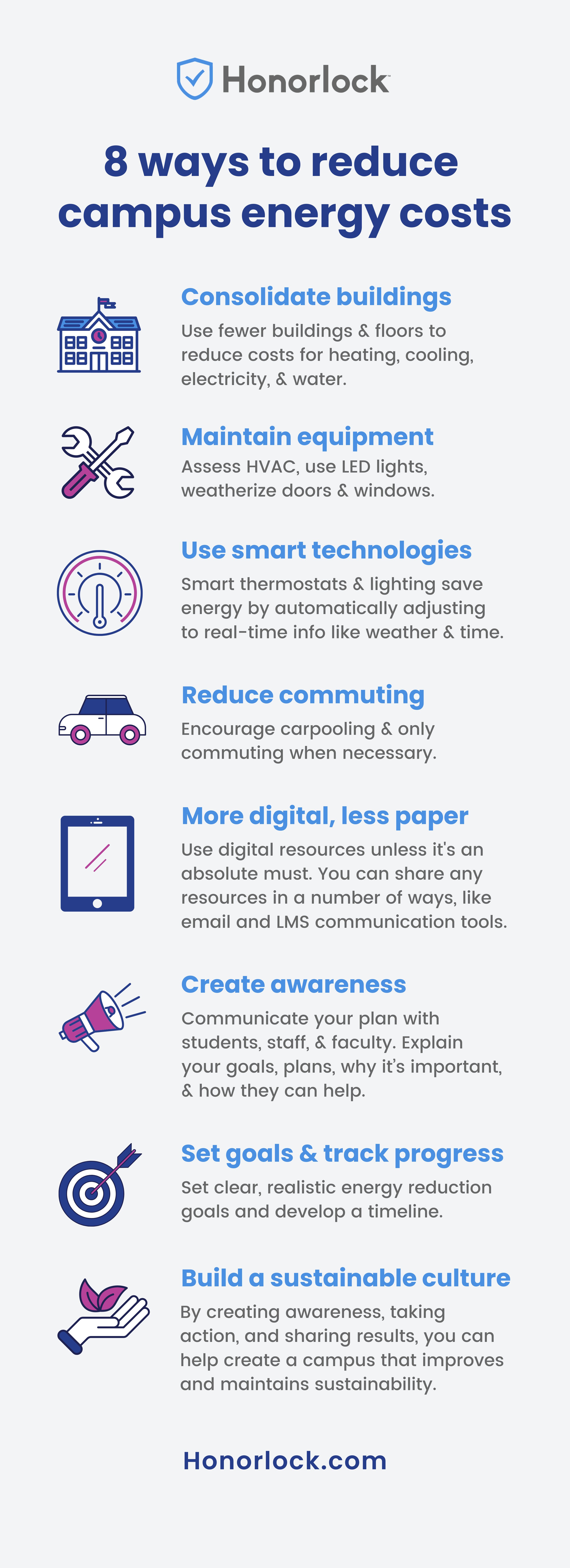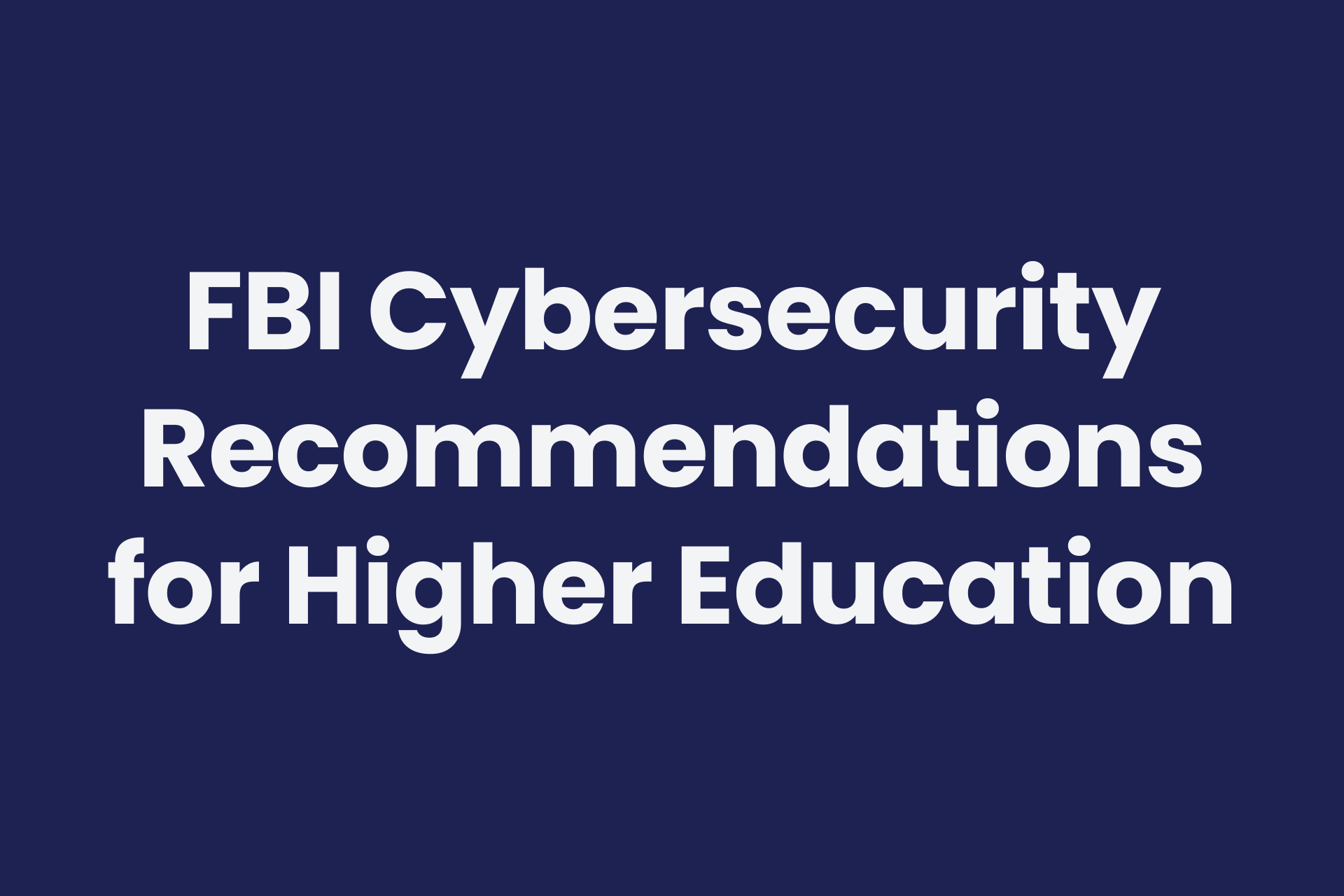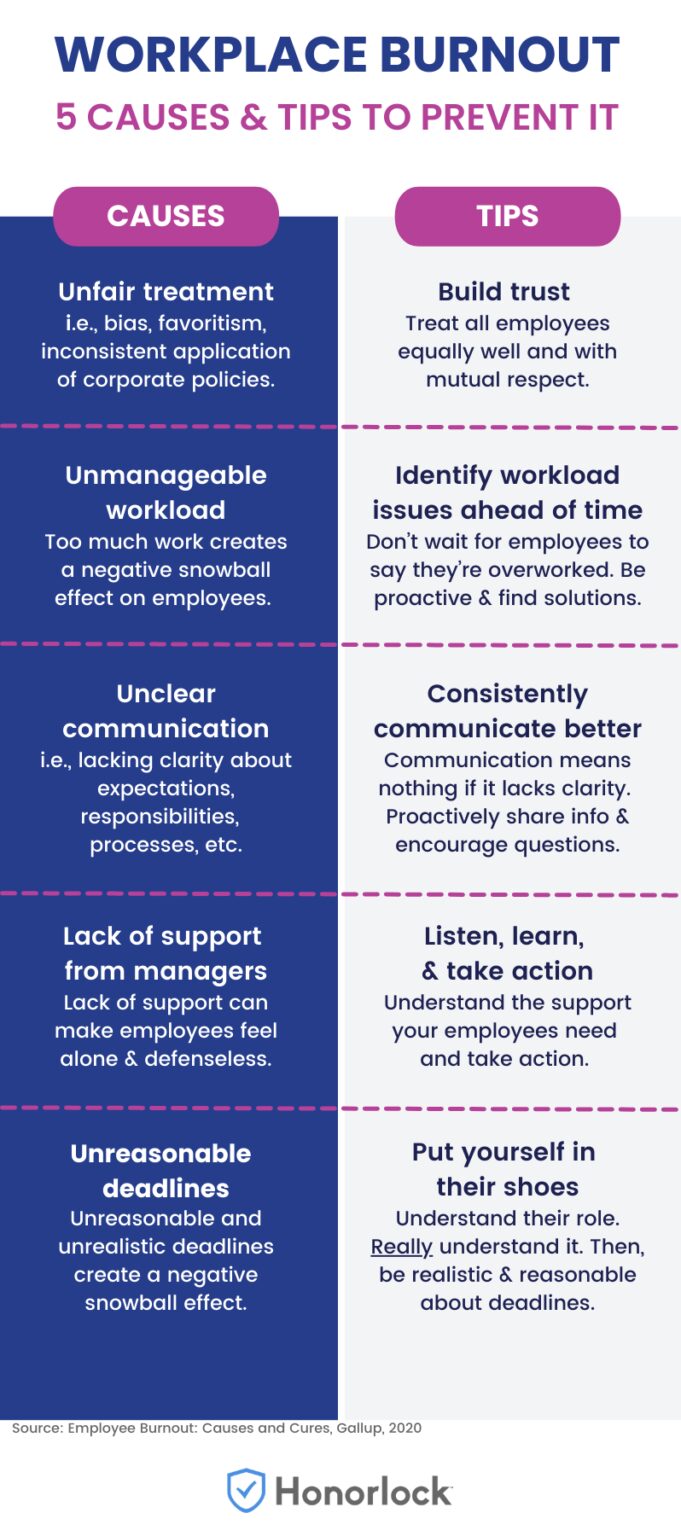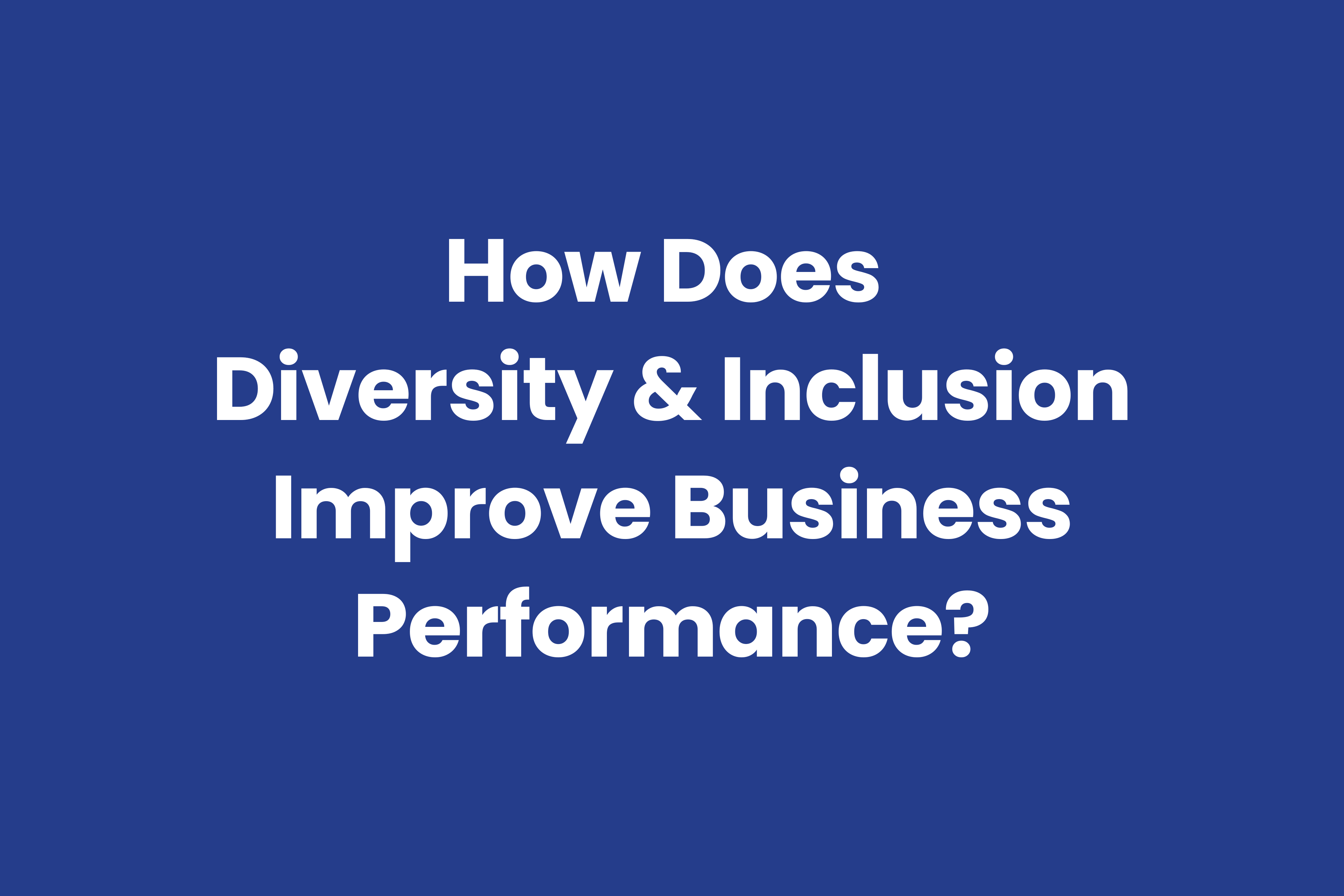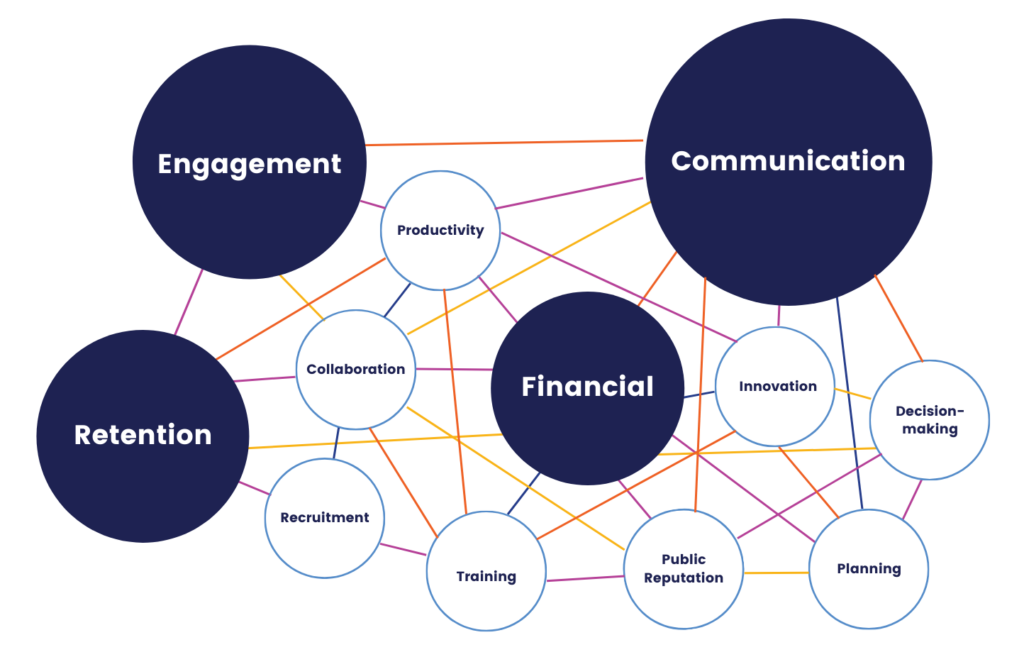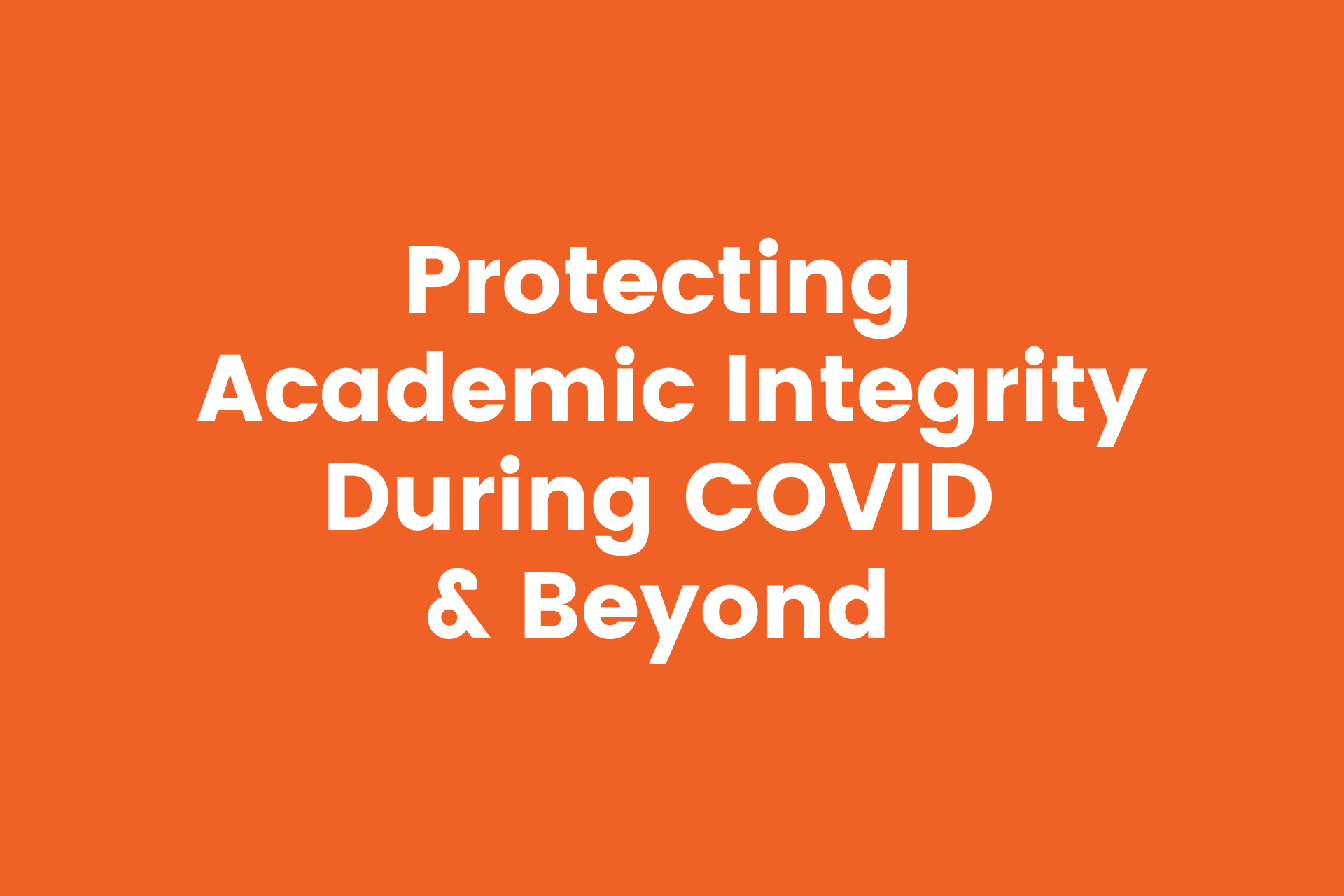Quick recap of the Biden student loan forgiveness plan that will:
- Forgive $10,000 of student loan debt for borrowers making less than $125,000 per year
- Extend the student loan payment freeze until the end of 2022
- Cancel up to $20,000 in debt for Pell Grant recipients
Biden student loan forgiveness plan takes the next steps toward relief
President Joe Biden’s student loan forgiveness plan will forgive $10,000 for borrowers making less than $125,000 per year and extend the student loan payment freeze until the end of the year. Student loan payments will resume in January 2023.
Biden’s plan will also cancel up to $20,000 in debt for Pell Grant recipients that have loans with the Department of Education (DOE)
When and how can borrowers claim this student loan relief?
There’s no set date yet, but in the next few weeks, the DOE will announce more details about how borrowers can claim this relief. Borrowers’ income data will automatically qualify them for the debt relief.
Who will loan debt relief impact the most?
According to the DOE, about 87% of the debt cancellation will go to borrowers who earn less than $75,000 per year. The remaining 13% will go to those earning between $75,000 and $125,000 per year.
How much student debt could be canceled in the future?
For now, $10,000 ($20,000 for certain individuals) but some politicians have asked for up to $50,000 per borrower.
However, in April 2022, Biden stated that if there is additional student loan forgiveness, it will be less than $50,000.
How much student loan debt is there?
The total student loan debt is around $1.75 trillion owed by 45 million people in America. The total includes federal and private loans.
- That’s an average of nearly $38,900 owed by each borrower.
Federal loans total around $1.62 trillion in debt owed by 43 million borrowers.
- That’s an average of about $37,675 owed by each federal loan borrower.
Historical student loan debt in the U.S.

Will this loan forgiveness program impact future student enrollment?
For some borrowers, forgiving $10K is a drop in the bucket. For others, it could mean having the ability to complete their education.
A recent study found that 42% of students stopped pursuing their education because of financial constraints. So, this loan relief may be just what some people need to re-enroll and complete their educational journey.
This impact on enrollment remains to be seen but higher education institutions should still plan for a potential boost in enrollments. From reducing costs on campus and streamlining processes to implementing new technologies to improve online learning, preparing ahead of time will be worth it.



